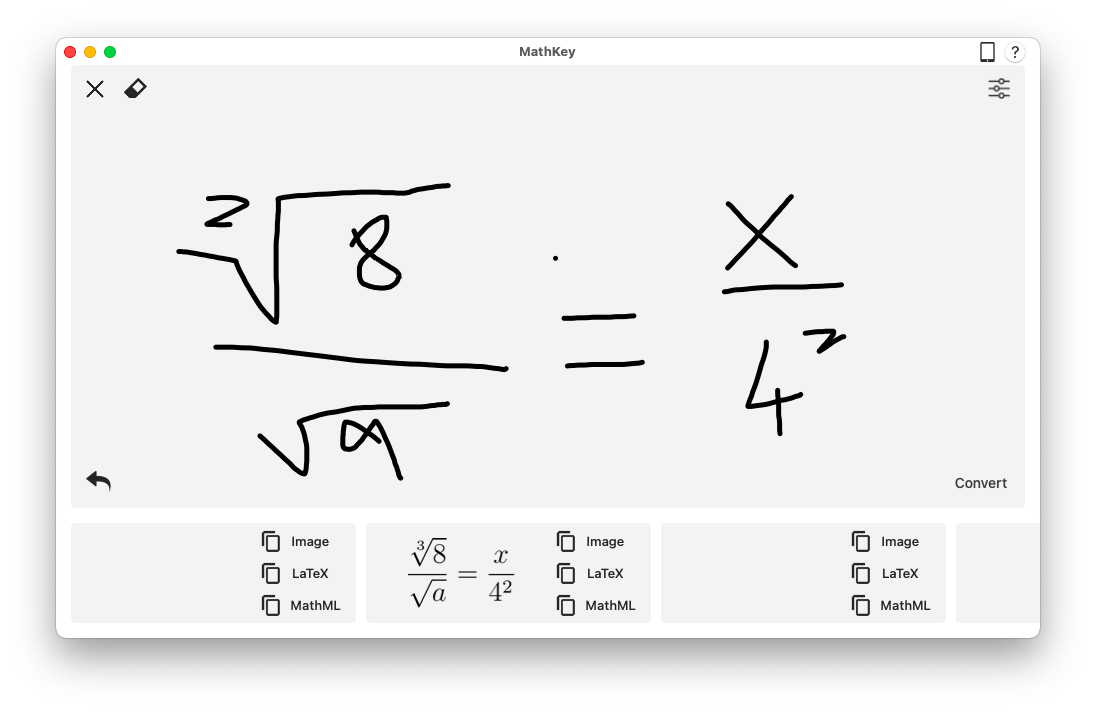

A metaphor can only imply a superficial understanding. We should not assess a pupil’s knowledge of inequality, or any concept, through their use of a metaphor. I don’t believe it is meant to be a measure of understanding, nor should it. I will bullet point them below and respond to them individually.

There were many interesting responses about issues with the crocodile approach. Should we refer to the symbols as hungry crocodiles or not? I posed a question to Twitter on this subject. There has been a debate on Twitter this week, ironically showing there is a disparity in opinion. Compare and order numbers from o up to 100 use and = signsĪlthough the names of the symbols above are well known, they are often referred to as ‘crocodile mouths’ or ‘hungry crocodiles’ in many classrooms.Identify and represent numbers using objects and pictorial representations including the number line, and use the language of: equal to, more than, less than (fewer), most, leastĪnd in Year 2, children are introduced to the inequality symbols themselves:.They are taught in conjunction with the ‘equal to’ symbol (=), which demonstrates two values are equal to one another.Ĭhildren are taught the language of inequality in Year 1: Individually, they are known as the less than symbol (). They demonstrate that two values are not equal to one another. Together, are known as the inequality symbols. I am no maths expert and would refer to those more knowledgeable than I for more information on the pedagogy surrounding this topic. I have left the first half as it was originally written to hopefully show how my opinion gradually changed. It was something that had always worked, so why question it? I didn’t change my view until right near the end of writing this. I had never thought about it this deeply before. Admittedly, before writing this, I think I was quite unmovable in my view on this topic, but writing about it has changed my opinion.


 0 kommentar(er)
0 kommentar(er)
